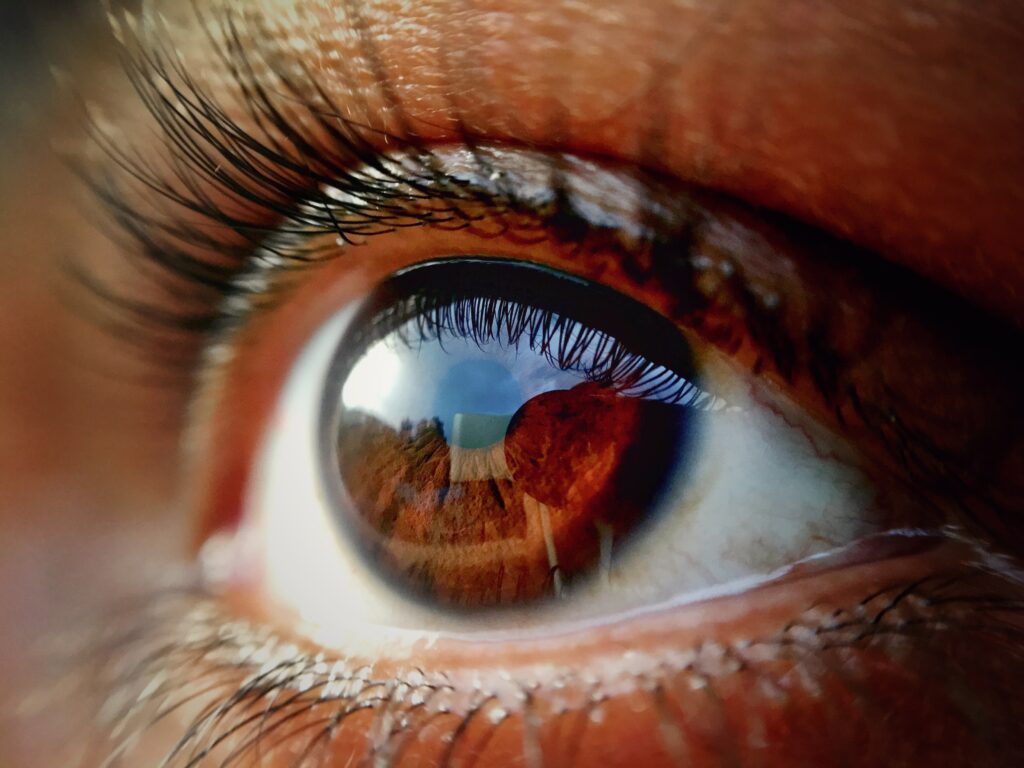Luxturna Now Available Through OHIP
The Canadian Council of the Blind (CCB) applauds the Ontario Minister of Health’s announcement on Tuesday, February 28, 2023 that the Novartis treatment Luxturna® is now available through the Ontario public health plan for patients with vision loss due to inherited retinal dystrophy caused by confirmed biallelic RPE65mutations. Ontario has now joined Quebec, Alberta, and Saskatchewan for public coverage of the treatment. Nova Scotia has now confirmed funding for Luxturna through its Exception Drug Fund. Since the procedure is not performed in the Province, arranging care, is the next step for Nova Scotia’s only identified patient.
“The CCB fully endorses Minister of Health Sylvia Jones’ decision to fund Luxturna,” stated Dr. Keith Gordon, the CCB’s Senior Research Officer. “The funding of this innovative therapy provides hope that people living with the RPE65 gene mutation will be fully able to participate in life. We commend the Ontario government for making this possible.”

The Canadian Council of the Blind (CCB) applauds the Ontario Minister of Health’s announcement on Tuesday, February 28, 2023 that the Novartis treatment Luxturna® is now available through the Ontario public health plan for patients with vision loss due to inherited retinal dystrophy caused by confirmed biallelic RPE65mutations.
“Novartis is proud to play a part in helping to change the outlook on IRDs and, for the first time, giving physicians the tools they need to treat patients in the best possible way. We are pleased that Ontario is making this much-needed treatment option available, bringing optimism and hope to children and young adults in need,” said Andrea Marazzi, Country President, Novartis Pharmaceuticals Canada Inc. “Our goal is to ensure that all eligible patients in Canada have the same opportunity.”
Background:
Luxturna® was approved by Health Canada in October 2020 for individuals who are impacted by Leber congenital amaurosis (LCA). The pan-Canadian Pharmaceutical Alliance (pCPA) announced on September 16, 2022 that a letter of intent had been finalized with Novartis Pharmaceuticals Canada Inc. The CCB immediately requested that the Government of Ontario accept the pCPA letter of intent and establish treatment sites for Luxturna®, taking action to ensure that this ground-breaking treatment was readily available and accessible to those in need. The CCB remains dedicated to continuing our efforts to have those remaining provinces approve publicly-funded coverage.
What is Luxturna®?
Luxturna® is Canada’s first approved targeted gene therapy for LCA. It is inserted via surgical injection into the eye under the retina, which provides a working copy of the RPE65 gene that acts to restore the vision cycle. Evidence from clinical trials has demonstrated that this one-time treatment can safely improve vision and the ability to function independently as soon as one month after receiving the treatment. Over 90% of treatment recipients had improvements to their night vision, and over 70% had full restoration.
The need is urgent for those eligible for treatment. Without access to Luxturna®,Canadians with LCA will continue to lose photoreceptors (approx. 10,000 per day) – vision loss occurs rapidly after age 18, eventually to a point where Luxturna® will not be effective and they will be blind. They have no other treatment option.
What are Inherited Retinal Dystrophies (IRD)?
Inherited retinal dystrophies are progressive and visually-debilitating diseases caused by the ongoing occurrence of photoreceptor cell death since birth. IRDs affect 21,000 Canadians.
LCA is an extremely rare type of IRD. Currently, 40 Canadians are on the waiting list for the treatment in Canada, with an estimated 20 of them being in Ontario. The impact that LCA has on individuals is severe and encompassing to many aspects of one’s life. Typically, vision loss starts at birth and progresses to blindness by their twenties. Additional symptoms include eye oscillations, slow/absent pupil reactions, heightened light sensitivity, far-sightedness, and cornea building.

